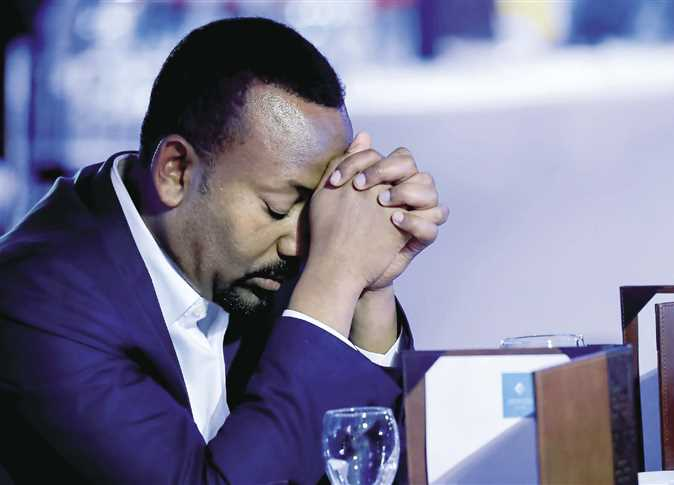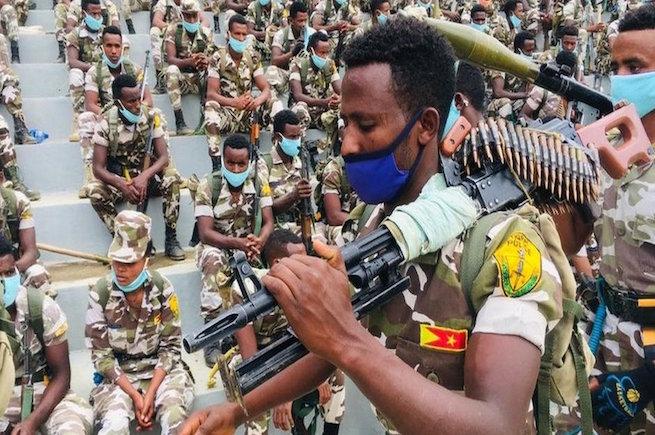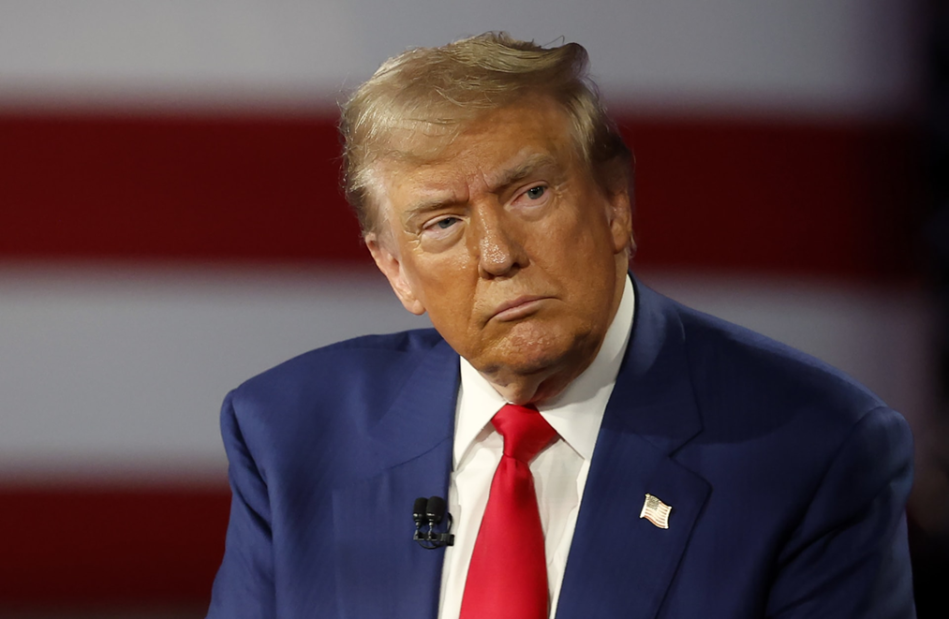The development of the Ethiopian conflict.. Expected scenarios l report


Marwa Shaheen - Beth:
On November 4, 2020, while the world was preoccupied with the results of the US elections, the Ethiopian Federal Army forces bombed the northern Tigray region, which led to the outbreak of a military conflict between the Ethiopian Federal Army of the central government led by Prime Minister Abi Ahmed and the Liberation Front. The people of Tigray, who govern the Tigrayan region, a conflict that has developed and accelerated to the point of bringing the country into a civil war whose fire has not been extinguished to this day.
How did the conflict begin? And what are its causes?
In 1974, the rule of the last Ethiopian emperor fell due to a popular revolution against him, and a group of officers with socialist and communist inclinations ruled Ethiopia, the most prominent of whom was an officer named “Mangistu” who ruled Ethiopia until 1991, after which a popular revolution backed by the United States The United States against the Communist Mangistu rule, so that the rule of the Ethiopian state was transferred to one of the leaders of this revolution, who is Melis Zenawi, the leader of the Tigray Liberation Front.
Meles Zenawi ruled Ethiopia from 1991 until his death in 2012, and his reign was characterized by the wide influence of the Tigray region and his sons in all parts of the Ethiopian state, so that it can be said that during that period (1991-2012) it was the Tigray region that ruled Ethiopia, which made many other ethnicities and nationalities feel oppressed.
After the death of Meles Zenawi in 2012, Ethiopia entered a transitional phase characterized by successive turmoil and rebellion movements from the Ethiopian races and peoples, most notably the "Amhara and Oromos" who felt that they were subjected to grievances and did not obtain their rights in governance and administration under a rule. The Tigrayans” of the Ethiopian state since 1991, and thus the rebellion led by the Amhara and Oromo peoples succeeded in bringing Abi Ahmed to the position of Ethiopian Prime Minister in 2018, after they agreed with the Tigray region to hold elections in 2020.
Abi Ahmed, after coming to office, made several constitutional, political and administrative amendments. These amendments, which Abi Ahmed considered "reforms", were considered by the Tigray People's Liberation Front as changes aimed at restoring the control of the Amhara people over the Ethiopian state, in addition to removing the existing authorities The regions are in the hands of the regions and their aggregation is in the hands of the central government in Addis Ababa, and from here the differences began to take forms that suggest a deep conflict between the Ethiopian ethnicities.
The first spark that ignited the conflict
In the year 2020, Abi Ahmed postponed the elections that were agreed to be held in the same year, for reasons he said were health reasons related to the spread of the Covid-19 epidemic, while Tigray leaders considered that the central government led by Abi Ahmed deliberately postponed the elections in order for Abi Ahmed to remain in power. As a result, the Tigray People's Liberation Front considered that Abiy Ahmed is an illegitimate president of the country and that he seeks to stay in power by undermining the democratic process.
Following the postponement of the elections by the central government, the Tigray region rejected this decision and organized the agreed elections, within the borders of the Tigrayan region, which angered the central government, which accused the Tigray liberation people of disobeying the government and trying to dismantle Ethiopia, and the central government accused the Liberation Front The people of Tigray seized the northern command center of the Ethiopian army, and looted its military equipment, and as a consequence, the central government led by Abi Ahmed on November 4, 2020, bombed the Tigray region, which ignited a military conflict that turned into an Ethiopian civil war that continues to this day.
Is there a way to solve the crisis and extinguish the fires of war?
After thirteen months of military conflict, which resulted in tens of thousands of dead and hundreds of thousands of homeless, it seems that neither side was able to resolve the course of the battles in its favour, and that none of them wanted to retreat. The central government wanted complete submission to the Tigray region, while Tigray still considers Abiy the illegitimate president of the country, which means that resolving the differences between the Tigray People's Liberation Front and the central government led by Abiy Ahmed may take more time, which means more battles, and of course, more dead, wounded and displaced . What are the expected future scenarios?
Five scenarios dominate the scene.:
With the escalation of attacks and military operations, a realistic reading of the events is necessary to try to anticipate the future and know what the situation may end up with, and for this we will review the scenarios that seem applicable to the Ethiopian case:
1- The first scenario:
The control of the central government and its forces over the region and the neutralization of the Tigray People’s Liberation Front, and the rate of occurrence of this scenario is weak due to the military and human strength that the region enjoys, as well as the influence of its sons in the joints of the army and the state.
2- The second scenario: Tigray region’s control over the capital, Addis Ababa, and thus its control over the federal government. Recently, the Tigray Liberation Front was able to reach a distance of 300 kilometers from the capital, Addis Ababa, but the Ethiopian Federal Army was able to make it retreat, and therefore this scenario Also, the rate of its occurrence is small and depends on many factors, including the cohesion of the federal army and external interventions in the conflict.
3- The third scenario: the conflict is not resolved by military battles, and therefore the civil war may be prolonged and last for many years without any party being able to resolve the conflict in its favour.
4- The fourth scenario: Partition, that is, as a result of the Tigray Liberation Front being unable to win the battles and resolve the conflict, the front may resort to secession from Ethiopia and consider Tigray an independent state, especially since the Ethiopian constitution allows for a peaceful separation from the central state.
5- The fifth scenario: the peaceful settlement and the solution through negotiation: that is, the agreement between the two parties on the issues of disagreement and its resolution, the production of a new authority and the division of constitutional powers to achieve the interests of all parties.
After all of the above, all expectations and possibilities remain subject to what may happen in the future, especially since the Ethiopian situation carries with it a lot of ambiguity and complexity, which makes it difficult to confirm any expected scenario for the end of the ongoing civil war and to determine the dominant party of the defeated.. Only the coming days will bear the confirmed answers to the questions raised about the Ethiopian issue, its developments and its end.



